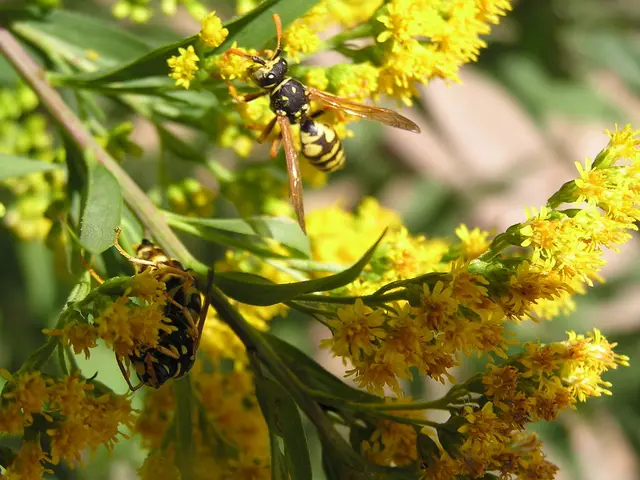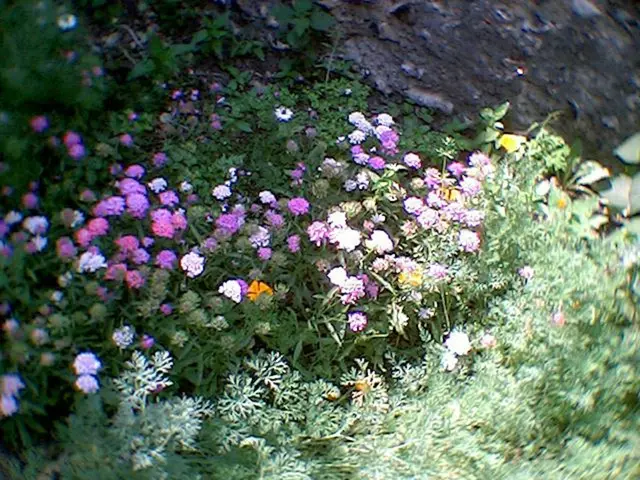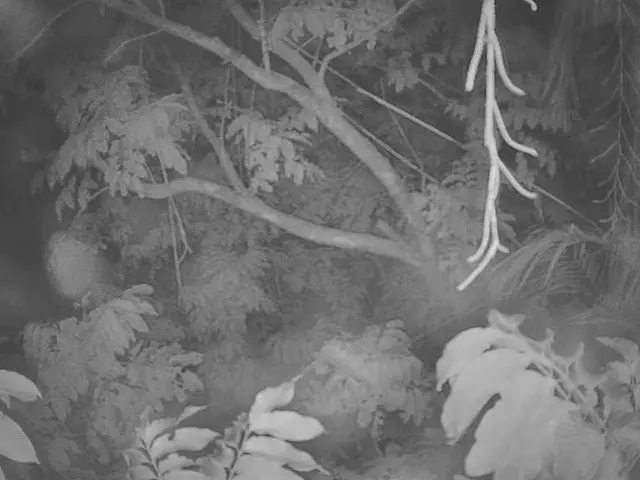Concerned about overdoing the lawn scarification? Not to worry - industry specialists provide advice on post-scarification lawn care.
A Crash Course on Reviving Your Lawn After Scarification
Scarifying your lawn might seem like a brutal process, but lawn pros agree it's crucial for your grass's health. After you've tackled the dead grass and moss, here's what to do next.
Don't fret about the patchy appearance left behind. Those barren spots actually let in more air to your soil, perfect for new seed to take root. Here's the essential post-scarification checklist:
- Debris Duty
Clear the debris without delay. Lawn pro Jane Fairlie, from Doff Portland, advises, "Scoop out all dead moss, thatch, and weeds ASAP." The remaining gunk can hinder light and air from reaching the soil, slowing down recovery. Rake the mess into piles, scoop it up with leaf grabs, and either compost it or toss it into your garden waste bin.
- Soil Check-up
It's worthwhile to inspect your soil after scarification, as time has a way of compacting lawns, especially in high-traffic zones. The good news is aeration can help alleviate soil compaction and enhance your lawn's recovery. Richard Barker, commercial director and horticulture expert at LBS Horticulture, agrees.
"Aeration can alleviate soil compaction, which is great after scarification," Richard says. "The tiny soil cores left behind after aeration could contain beneficial microorganisms that might help break down the remaining thatch."
- Fertilize and Topdress
After a few weeks, your lawn is on the mend, so it's time to give it a nutrient boost. "A lawn fertilizer rich in nitrogen can help speed up grass development and recovery," suggests Richard.
For a natural option, Jane recommends organically derived granular fertilizers. Rich in micronutrients, these alternatives are popular among eco-conscious gardeners.
- Re-seed the Bare Patches
Wait about a week after fertilizing before you re-seed. This provides ample time for the fertilizer to settle into the soil. Choose a fast-growing grass seed such as " lawn patch quick repair seed", available on Amazon, and apply it to the bare spots.
- Wait to Mow
"Since you mowed the lawn before scarifying, let it recover for a week or two before mowing again," advises Richard. "Set your mower to the highest setting to trim the tips, promoting tillering, which thickens grass by producing new shoots at the base."
- Tackle Weeds (If Necessary)
Most weeds and moss will be removed during scarification, but if any remain, pull them out by hand. Richard suggests waiting at least two weeks after scarifying before using herbicides or insecticides to give your lawn time to recover.
- Water Wisely
The best time to water your lawn depends on the weather. If you've scarified and re-seeded your lawn, aim to consistently moisten the top inch of soil, achievable with 2-3 light waterings per day. As the grass seed germinates, you can reduce the frequency but increase the duration. After a few weeks, return to your regular watering schedule.
With the right care, your lawn will have a fighting chance against nature's perks and pitfalls, like spring mushrooms. Follow our guide on curbing mushroom growth in your lawn.
- To help the soil recover better after scarification, consider using a lawn fertilizer rich in nitrogen, such as the lawn patch quick repair seed, which can help speed up grass development and recovery.
- For a more eco-friendly approach, opt for organically derived granular fertilizers rich in micronutrients, a preference among many environmentally conscious gardeners.
- Incorporate gardening practices into your home-and-garden lifestyle by re-seeding the bare patches in your lawn with a fast-growing grass seed. A guide on curbing mushroom growth in your lawn can also contribute to maintaining a beautiful and healthy home garden.








